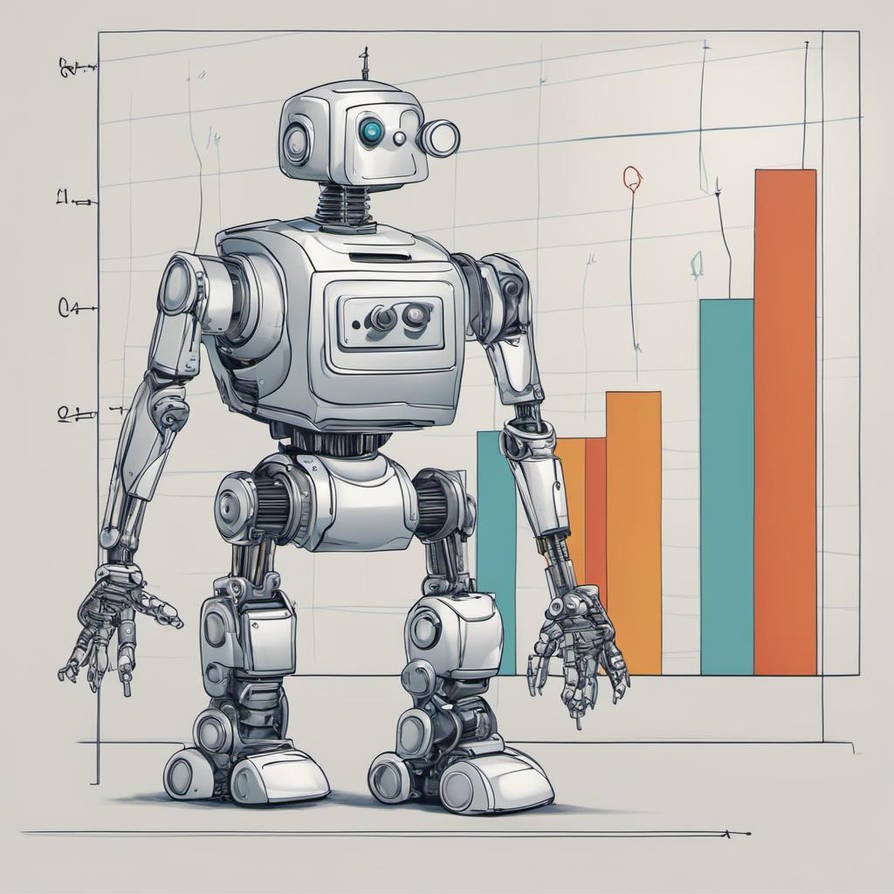
Recent Advances in Using Machine Learning with Graphs — Part 2 Latest findings in multiple research directions for handling graph construction and network security issues Author · Xuzeng He ( ORCID: 0009–0005–7317–7426) Introduction A graph, in short, is a description of items linked by relations, where the items of a graph are called nodes (or vertices) and their relations are called edges (or links). Examples of




